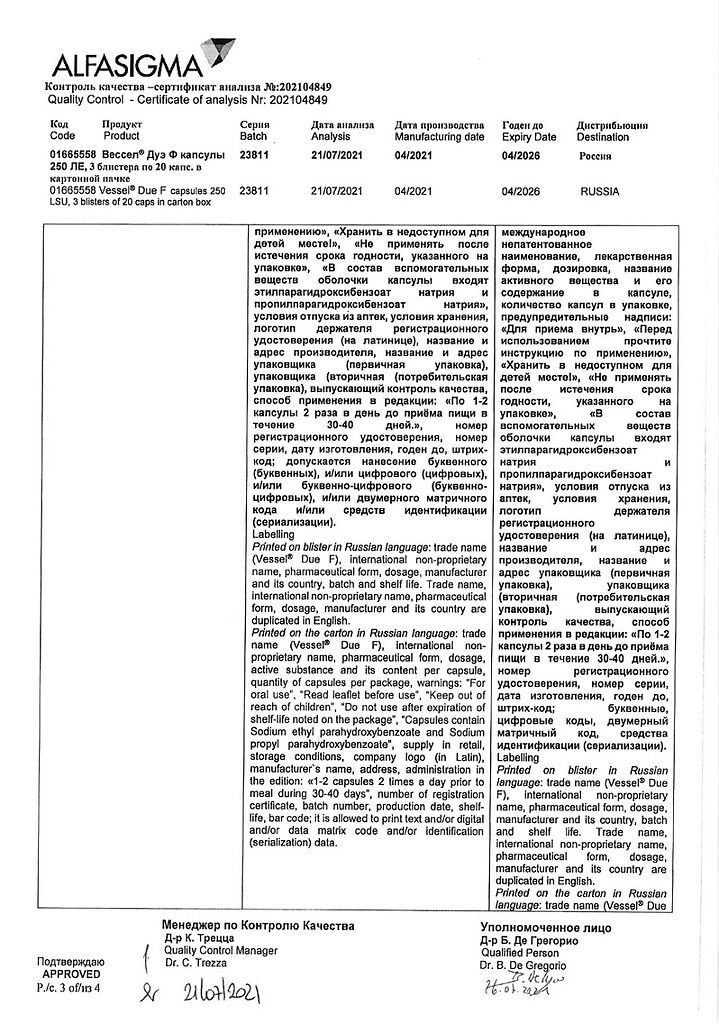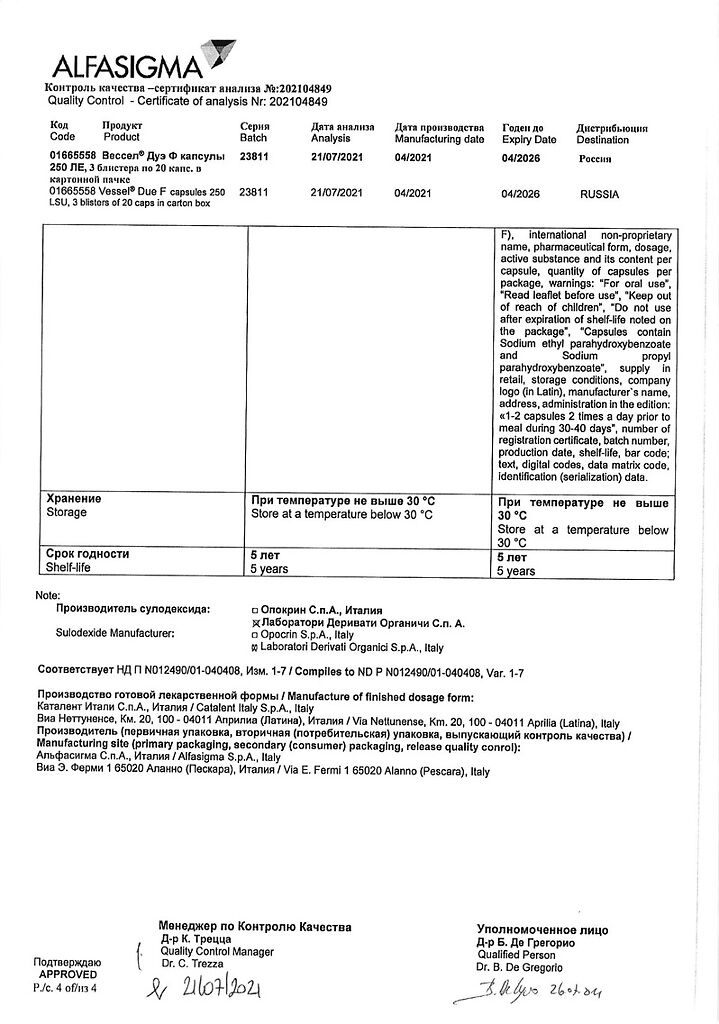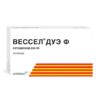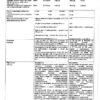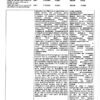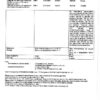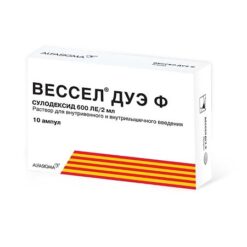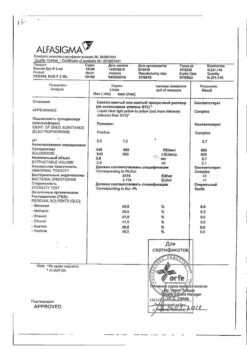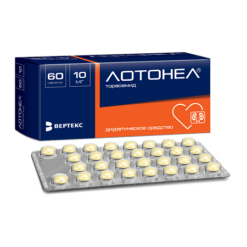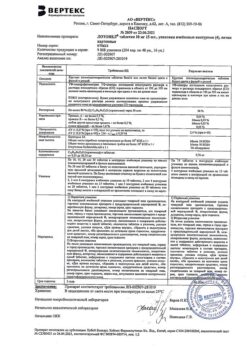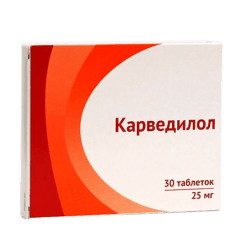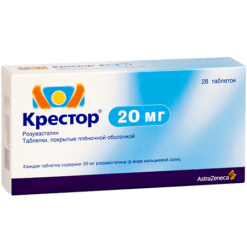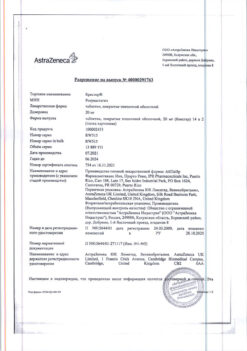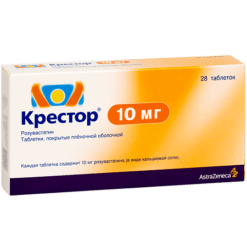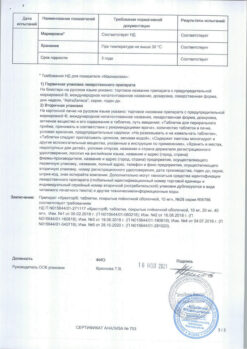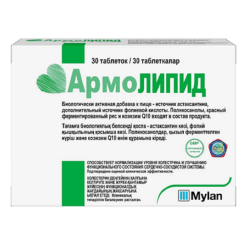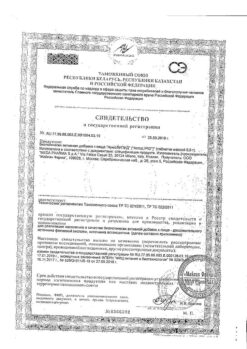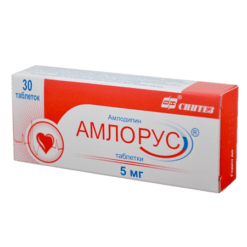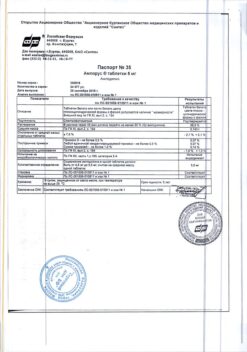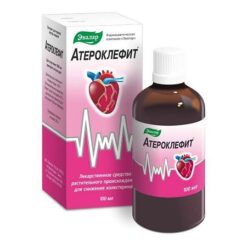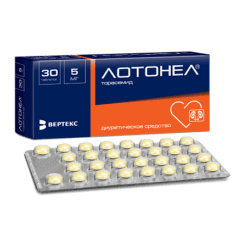No products in the cart.
Vessel Due F, capsules 250 le 60 pcs
€98.00 €86.66
Description
Vessel® Due F (sulodexide) is a biological drug which is a natural mixture of glycosaminoglycans (GAGs): a heparin-like fraction with a molecular weight of 8000 dalton (80%) and dermatansulfate (20%).
The mechanism of action of sulodexide is due to two main properties: the fast acting heparin-like fraction has an affinity to antithrombin III (ATIII), and dermatan – to cofactor II heparin (KGII). After oral administration at the recommended dosage, the amount of sulodexide and its derivatives after first-pass effects is sufficient to induce antithrombin action without affecting normal coagulation parameters (activated partial thromboplastin time (APTB), thrombin time, activated factor X). Thus, we can assume that sulodexide when administered orally has no anticoagulation.
Pharmacological action: angioprotective, profibrinolytic, antithrombotic.
Pharmacodynamics
Angioprotective effect is associated with the restoration of structural and functional integrity of vascular endothelial cells, with the restoration of the normal density of the negative electric charge of the basal membrane pores of blood vessels. Besides, the preparation normalizes rheological blood properties due to reduction of triglycerides level (it stimulates lipolytic enzyme – lipoprotein lipase – that hydrolyzes triglycerides being a part of LDL).
The effectiveness of the drug in diabetic nephropathy is determined by the ability of sulodexide to reduce the thickness of the basal membrane and extracellular matrix production by reducing the proliferation of mesangium cells.
Profibrinolytic effect is due to the increase in blood levels of tissue plasminogen activator and reduction of its inhibitor.
The antithrombotic activity of oral sulodexide is mainly the result of all the effects that sulodexide has on the vascular wall (angioprotective effect), fibrinolysis (profibrinolytic effect) and inhibition of platelet adhesion.
Pharmacokinetics
Sulodexide is absorbed in the small intestine. After ingestion of the labeled drug, the first peak of sulodexide in plasma is observed in 2 hours, the second in 4 to 6 hours, after which the drug is no longer detectable in plasma; concentrations recover after about 12 hours and then remain constant until about the 48th hour. Permanent plasma levels are detected after 12 hours, probably due to the slow release of the drug by the absorptive organs and in particular by the vascular endothelium. Sulodexide is distributed in the vascular endothelium at a concentration 20-30 times higher than in other tissues. It is metabolized in the liver and excreted mainly by the kidneys. In a study of radioactive labeled drug 55.23% of sulodexide was excreted with urine during the first 96 hours.
.
Indications
Indications
angiopathy with an increased risk of thrombosis, including after myocardial infarction;
cerebrovascular accident, including the acute period of ischemic stroke and the period of early recovery; discirculatory encephalopathy caused by atherosclerosis, diabetes mellitus, hypertension; vascular dementia;
occlusive lesions of peripheral arteries of both atherosclerotic and diabetic origin;
phlebopathy, deep vein thrombosis;
microangiopathy (nephropathy, retinopathy, neuropathy) and macroangiopathy in diabetes mellitus (diabetic foot syndrome, encephalopathy, cardiopathy);
thrombophilic conditions, antiphospholipid syndrome (prescribed together with acetylsalicylic acid, as well as following low molecular weight heparins);
treatment of heparin-induced thrombotic thrombocytopenia, since it does not cause or aggravate it.
Pharmacological effect
Pharmacological effect
Wessel® Due F (sulodexide) is a biological medicinal product that is a natural mixture of glycosaminoglycans (GAGs): a heparin-like fraction with a molecular weight of 8000 daltons (80%) and dermatan sulfate (20%).
The mechanism of action of sulodexide is due to two main properties: the fast-acting heparin-like fraction has an affinity for antithrombin III (ATIII), and the dermatan fraction has an affinity for heparin cofactor II (CHII). After oral administration at the recommended dosage, the amount of sulodexide and its derivatives after the first pass effect is sufficient to induce antithrombin action without affecting conventional coagulation parameters (activated partial thromboplastin time (aPTT), thrombin time, activated factor X). Thus, it can be assumed that sulodexide, when administered orally, does not have an anticoagulant effect.
Pharmacological action: angioprotective, profibrinolytic, antithrombotic.
Pharmacodynamics
The angioprotective effect is associated with the restoration of the structural and functional integrity of vascular endothelial cells, with the restoration of the normal density of the negative electrical charge of the pores of the vascular basement membrane. In addition, the drug normalizes the rheological properties of the blood by reducing the level of triglycerides (stimulates the lipolytic enzyme – lipoprotein lipase, which hydrolyzes triglycerides that are part of LDL).
The effectiveness of the drug in diabetic nephropathy is determined by the ability of sulodexide to reduce the thickness of the basement membrane and the production of extracellular matrix by reducing the proliferation of mesangium cells.
The profibrinolytic effect is due to an increase in the blood level of tissue plasminogen activator and a decrease in the content of its inhibitor.
The antithrombotic activity of sulodexide administered orally is mainly the result of all the actions that sulodexide has on the vascular wall (angioprotective effect), fibrinolysis (profibrinolytic effect) and inhibition of platelet adhesion.
Pharmacokinetics
Sulodexide is absorbed in the small intestine. After ingestion of the labeled drug, the first peak of sulodexide in the blood plasma is observed after 2 hours, the second – from 4 to 6 hours, after which the drug is no longer detectable in the plasma; the concentration is restored after approximately 12 hours and then remains constant until approximately the 48th hour. A constant level in the blood plasma is detected after 12 hours, probably due to the slow release of the drug by the absorption organs and, in particular, by the vascular endothelium. Sulodexide is distributed in the vascular endothelium in a concentration 20-30 times higher than the concentration in other tissues. Metabolized in the liver and excreted mainly by the kidneys. In a study of a radioactively labeled drug, 55.23% of sulodexide was excreted in the urine during the first 96 hours.
Special instructions
Special instructions
Due to the pharmaco-toxicological properties of sulodexide, the use of the drug does not require special precautions. However, when used together with other anticoagulants, blood clotting parameters should be periodically monitored.
Impact on the ability to drive vehicles and machinery
Wessel® Due F does not affect the ability to drive vehicles and machinery.
Active ingredient
Active ingredient
Sulodexide
Composition
Composition
Each capsule contains:
Active ingredient:
sulodexide 250 LE*
Excipients: sodium lauryl sarcosinate 3.30 mg, colloidal silicon dioxide 2.00 mg, triacetin 83.87 mg.
Capsule shell components: gelatin 53.15 mg, glycerol 22.07 mg, sodium ethyl parahydroxybenzoate 0.26 mg, sodium propyl parahydroxybenzoate 0.13 mg, titanium dioxide (E171) 0.29 mg, red iron oxide (E172) 0.86 mg.
* – lipoprotein lipase unit
Contraindications
Contraindications
– hypersensitivity;
– hemorrhagic diathesis and diseases accompanied by reduced blood clotting;
– pregnancy first trimester.
With caution: When used together with anticoagulants, blood clotting parameters should be monitored.
Side Effects
Side Effects
According to clinical studies
Data on the incidence of adverse drug reactions associated with the use of sulodexide were obtained from clinical studies involving patients treated with standard doses of the drug for the usual duration of therapy.
Adverse reactions associated with the use of sulodexide were classified by system-organ class and distributed according to frequency of occurrence in the following order: very common (≥ 1/10), common (≥ 1/100 to < 1/10), uncommon (≥ 1/1000 to < 1/100), rare (≥ 1/10000 to < 1/1000), very rare (< 1/10000).
Nervous system: uncommon – headache, very rare – loss of consciousness.
Hearing organ: often – dizziness.
Gastrointestinal tract: often – pain in the upper abdomen, diarrhea, nausea, infrequently – abdominal discomfort, dyspepsia, flatulence, vomiting, very rarely – gastric bleeding.
Allergic reactions: often – skin rash of various localizations, infrequently – eczema, erythema, urticaria.
According to post-registration observations.
Additional adverse events have been reported during post-marketing use of sulodexide. The frequency of these undesirable effects cannot be assessed due to the fact that information about them comes in the form of spontaneous reports. Accordingly, the frequency of these adverse events is classified as “unknown” (cannot be calculated from available data).
Anemia, disorders of plasma protein metabolism, gastrointestinal disorders, melena, angioedema, ecchymosis, genital
edema, genital erythema, polymenorrhea.
Interaction
Interaction
There are no significant interactions between Wessel® Due F and other drugs.
installed. It is not recommended to use sulodexide simultaneously
use drugs that affect the hemostatic system as
anticoagulants (direct and indirect).
Overdose
Overdose
Bleeding is the only phenomenon that can occur with
overdose. In case of bleeding it is necessary to administer
protamine sulfate (1% solution), used for bleeding,
caused by heparin.
Manufacturer
Manufacturer
Catalent Italy S.P.A., Italy
Additional information
| Manufacturer | Catalent Italia S.P.A., Italy |
|---|---|
| Medication form | capsules |
| Brand | Catalent Italia S.P.A. |
Other forms…
Related products
Buy Vessel Due F, capsules 250 le 60 pcs with delivery to USA, UK, Europe and over 120 other countries.



